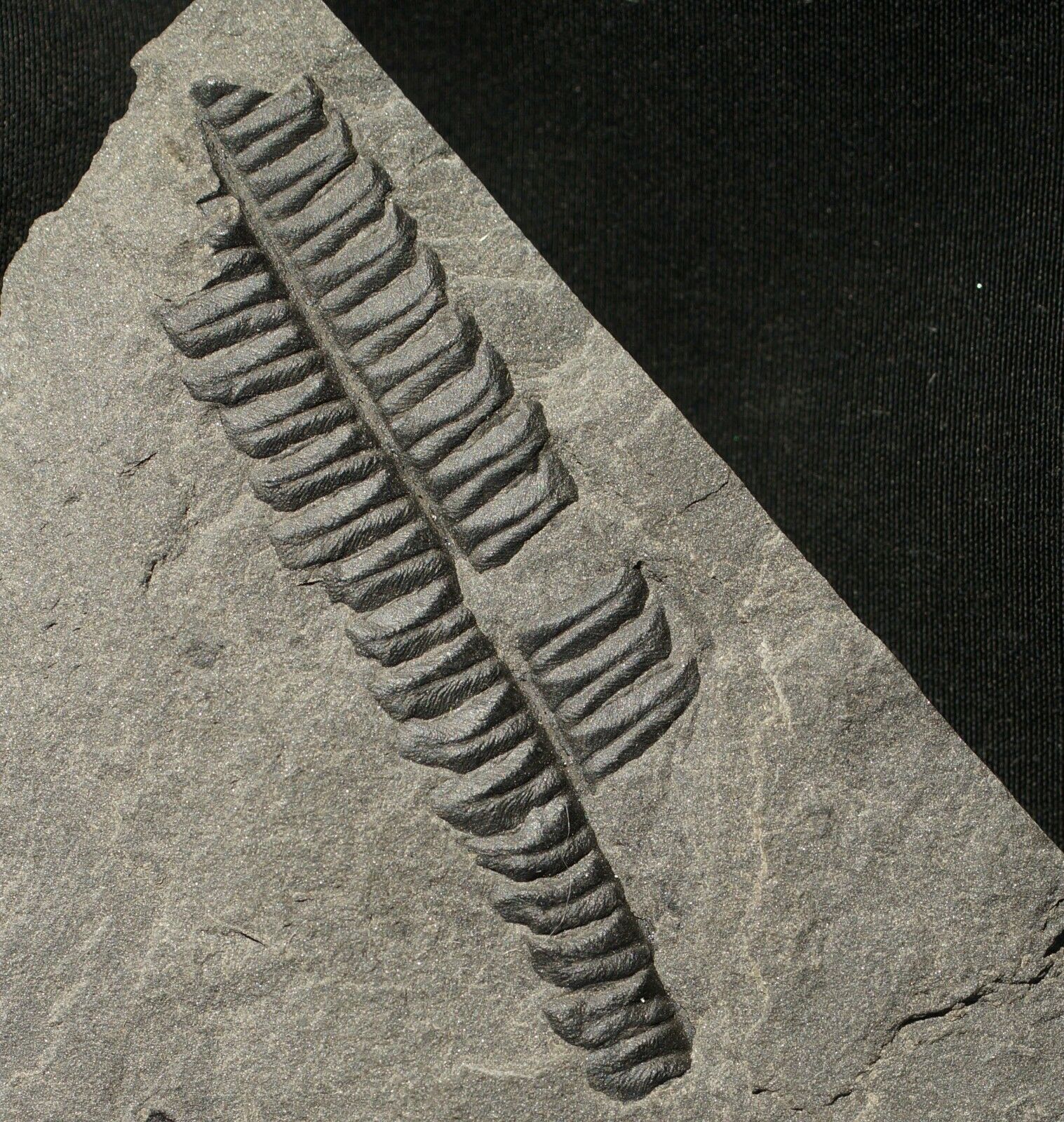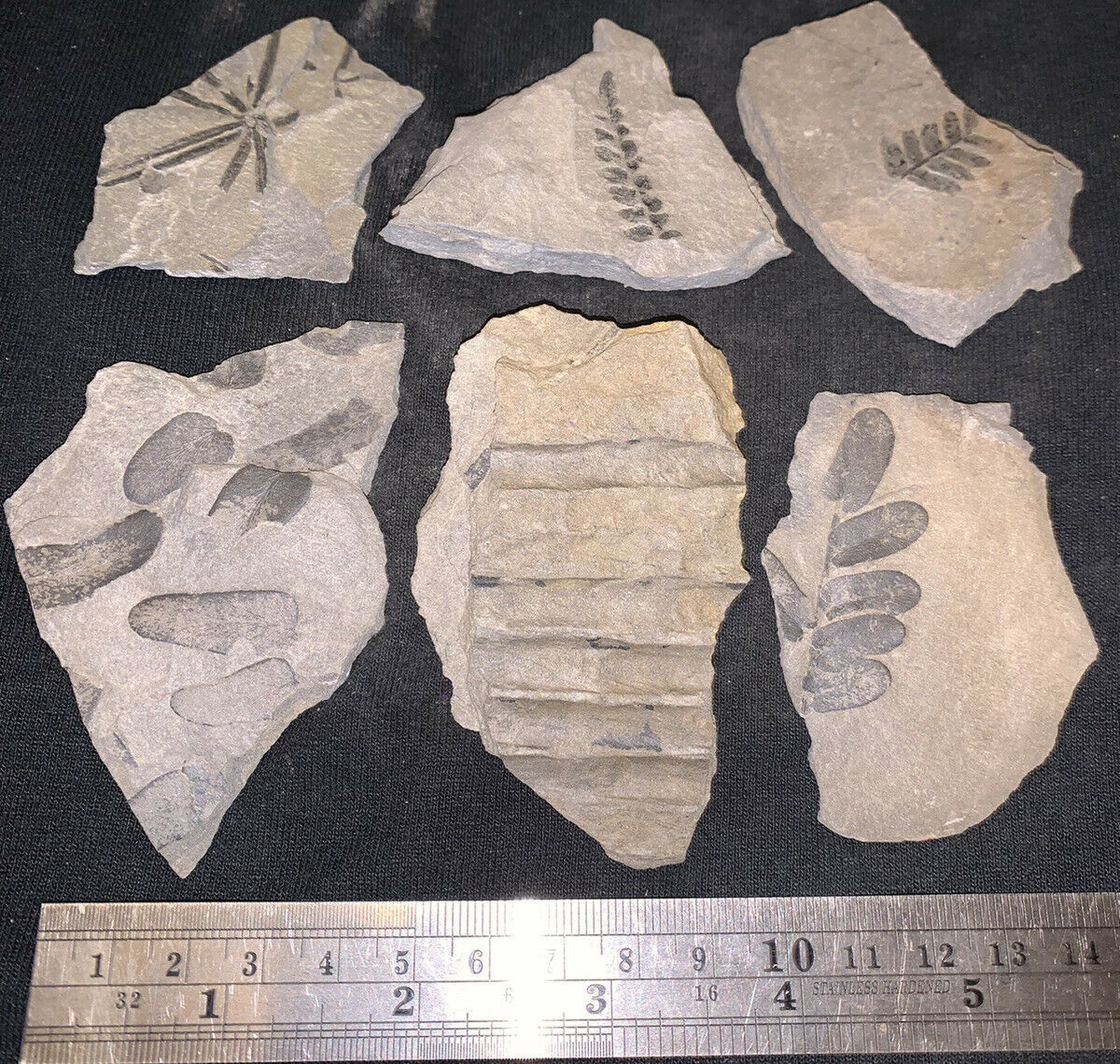-40%
Rare coal age pre dinosaur fossil plant early cycas ancestor Callipteridium
$ 32.73
- Description
- Size Guide
Description
My specimens are gunine and will be delivered with a "Certificate of authenticity, age and origin" and scientific papers allowing plant identification !I combine shipping costs.
Each item is different, so please wait with payment after purchase -
I will send You a combine invoice.
Usually, it will be cost of shipping the heaviest item.
Specimen: Rare, nicely definied fossil plant specimen - early cycas ancestor
Callipteridium striatum
WAGNER
Locality:
All detailed and accurate data will be provided with the specimen
Stratigraphy:
Upper Carboniferous - Late
Pennsylvanian
- Stephanian A
Age:
ca. 302 - 300 Mya
Matrix dimensions:
ca. 10 x 8,5 x 1,0 cm ( white square on pictures is 1,0 x 1,0 cm)
Description:
Here is a rare, very nice classic Stephanian - late Upper Carboniferous fossil plant specimen - early cycas ancestor belonging to
Peltaspermales -
Callipteridium striatum
WAGNER
Callipteris and Callipteridium
is a widely used historical morphogenus for late Paleozoic ( mostly permian !!! ) foliage attributed to peltasperms.
The peltaspermales were initially described from Mesozoic based on associated foliage, pollen and seed- bearing parts ( Thomas, 1933; Harris 1937).
Today this enigmatic plants order incorporates specimens ranging from Pennsylvanian ( Kerp et al. 2001) to Triassic. Many of them are know almost exclusively from Permian. There is not a great deal of detailed information known about the pollen organg of the peltasperms. In the more primitive forms , it appears that the polen organs are pinnately organized. At the present time , the Peltaspermales are perhaps the most confounding of all of plants. Moreover, the pollen organs assigned to Autunia bear bisaccate grains of the
Veicaspora
type, whereas those known from
Antevsia
are monosculate and conform to
Cycadopites
.













